When Star Trek: Strange New Worlds returns for its third season, no matter how the episode ends it will create controversy among the fan community. Set before the events of The Original Series, the conflict between the USS Enterprise and the Gorn species seemingly contradicts the first chronological appearance of that species in 1967’s “Arena.” Even though producers insist Strange New Worlds takes place in the Prime Star Trek Universe, Lower Decks’ confirmation of an infinite multiverse means that doesn’t really matter.
Star Trek Didn’t Really Have a Firmly Established ‘Canon’ Until Well Into Its Second Wave
What Canon Did Exist In This Universe Was Meant for Storytellers Not Fans
When Star Trek: The Original Series first debuted, creator Gene Roddenberry, along with writers like Gene L. Coon and Dorothy Fontana, had very specific ideas about the show’s canon. There was no official show bible but rather a loose collection of guidelines, which freelance writers often ignored. Certain things were kept vague on purpose, such as when the series was set. Roddenberry referred to the TOS timeline as the 23rd Century in internal documents, but didn’t want to pin the show down to a specific date. This is why characters sometimes refer to the audience’s present as anywhere from 200 to 800 years in the past.
“Arguments about canon are silly. I always felt that Star Trek animated was [canon]…because Gene Roddenberry accepted the paycheck…and D.C. Fontana--and all the other writers involved--busted their butts to make it the best Star Trek they could,” David Gerrold in The Fifty-Year Mission: The First 25 Years.
While fans who maintain this third wave of the universe ignores its history, modern Star Trek adopted a similar approach as Star Wars when Disney purchased it. The events in the films and shows, including The Animated Series, are treated as canon. Yet they also fill in gaps in the history, such as what happened during Christopher Pike’s tenure as captain, with their own ideas. Things like Spock’s relationship with Christine Chapel in Strange New Worlds were never established prior, but in TOS Chapel had an affection for Spock that often went unreturned. Still some of these choices go too far for some fans.
Lower Decks Gave Every Fan a License to Have Fun Again In Its Final Episodes
The Star Trek Multiverse Isn’t New, But Its Infinite Potential Goes Beyond Future Stories
|
Notable Alternate Star Trek Universes |
|
|
The Mirror Universe |
The Original Series |
|
The Borg-Dominated Universe |
The Next Generation |
|
The Kelvin Timeline |
Star Trek (2009) |
|
Fluidic Space |
Star Trek: Voyager |
|
‘Dos Cerritos’ Universe |
Lower Decks |
|
The ‘Purple’ Universe |
Lower Decks |
|
The ‘Beagle’ Universe |
Lower Decks |
The infinite multiverse does make it official that a version of the Star Trek timeline exists for every fan. There is a timeline where all the expanded universe of books and comics are canon or just some of them. There is a timeline where the fanfiction stories written by TOS fans in the 1970s all happened. Because of how vast the concept of infinity is, it means there are infinite timelines where Spock and Kirk are in a committed romantic relationship and infinite timelines where they’re just pals. This means fans can tailor their Star Trek experience to what they enjoy most.
Star Trek Fans Veered Into Toxic Territory, but the Multiverse Can Make Debates Fun Again
Even With Canon Complaints and Logic Leaps, Every Show and Film Is ‘Legitimate’ Now
Not only is this just unconscionable behavior in general, such intolerance contradicts the key philosophy of Star Trek from its inception. What used to be fun, nerdy debates about canon elements turned into something darker. The infinite multiverse can help fix that, by making it clear that everyone’s individual version of Star Trek is as real as the official canon. In fact, viewers could imagine that each episode of every series takes place in a different branch timeline if they wanted.
What were volatile and unpleasant arguments about modern Star Trek can now become the kind of geeky debates they are supposed to be. Fans can make their case for why or why not a given show or episode is in the Prime Universe. Even if they end up agreeing to disagree, the infinite multiverse means somewhere out there, both are correct. At the very least, fans can simply imagine that shows like Discovery or Strange New Worlds take place in their own timeline. Then, instead of getting bent out of shape about perceived inconsistencies, they can have fun with the show on its own terms. Lower Decks confirming an infinite multiverse made it so Star Trek can still be for everyone no matter what they think is canon or not.
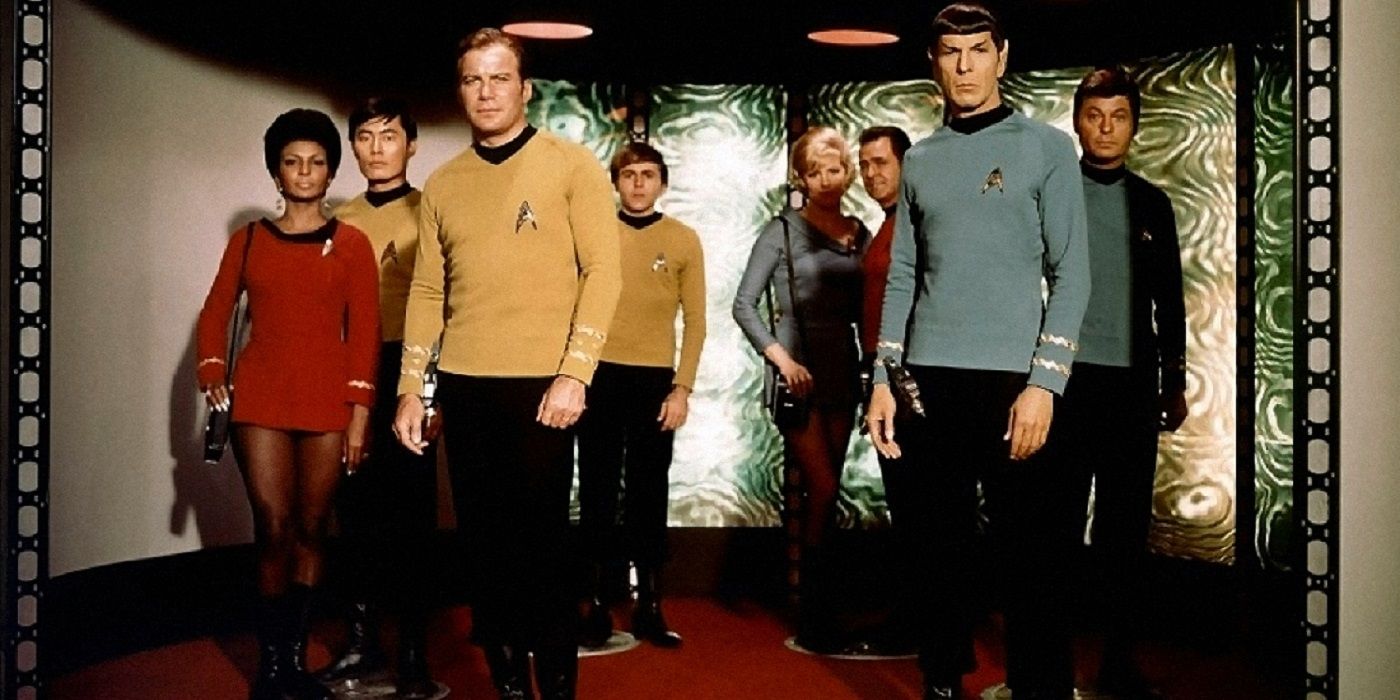
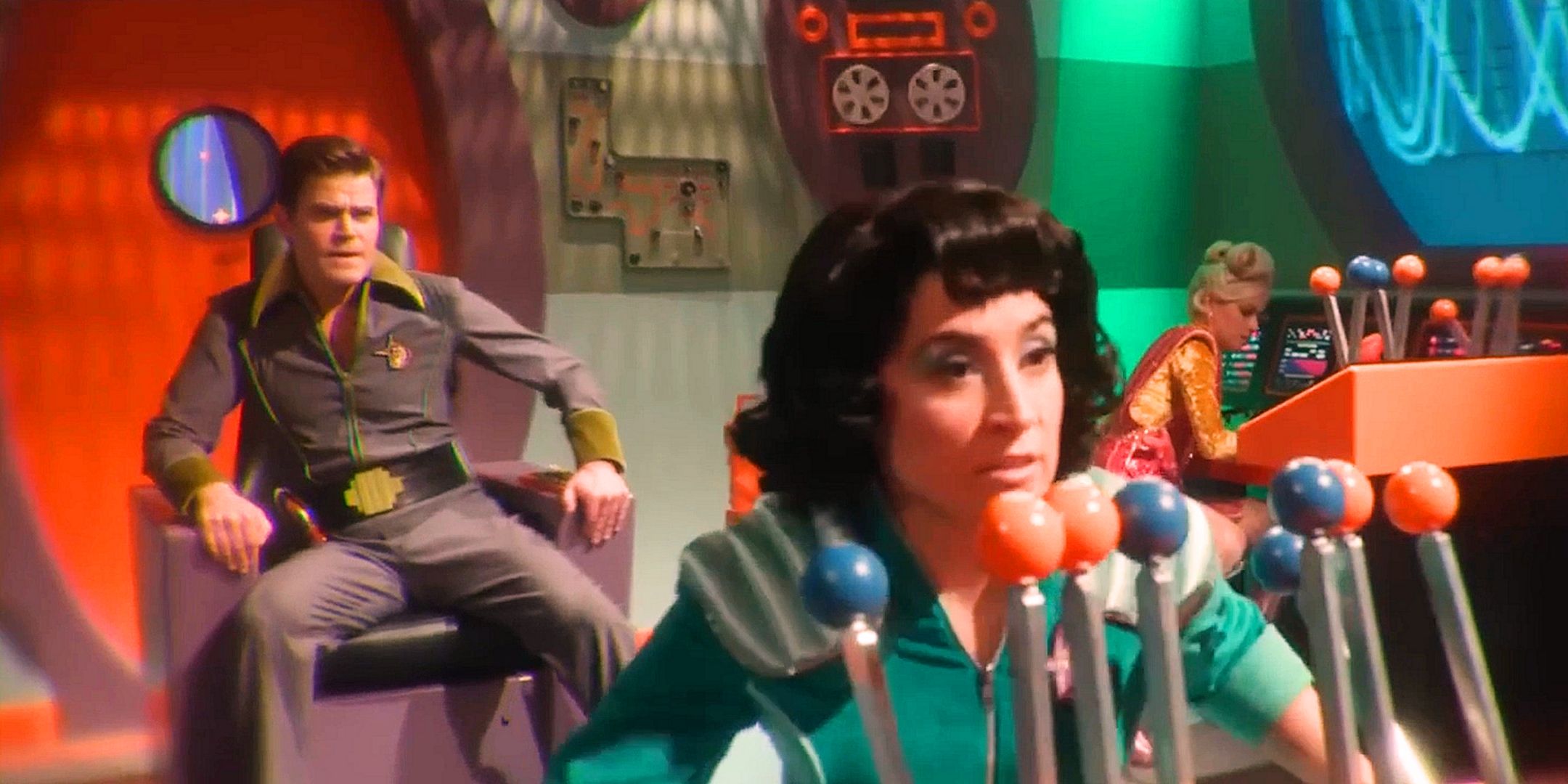

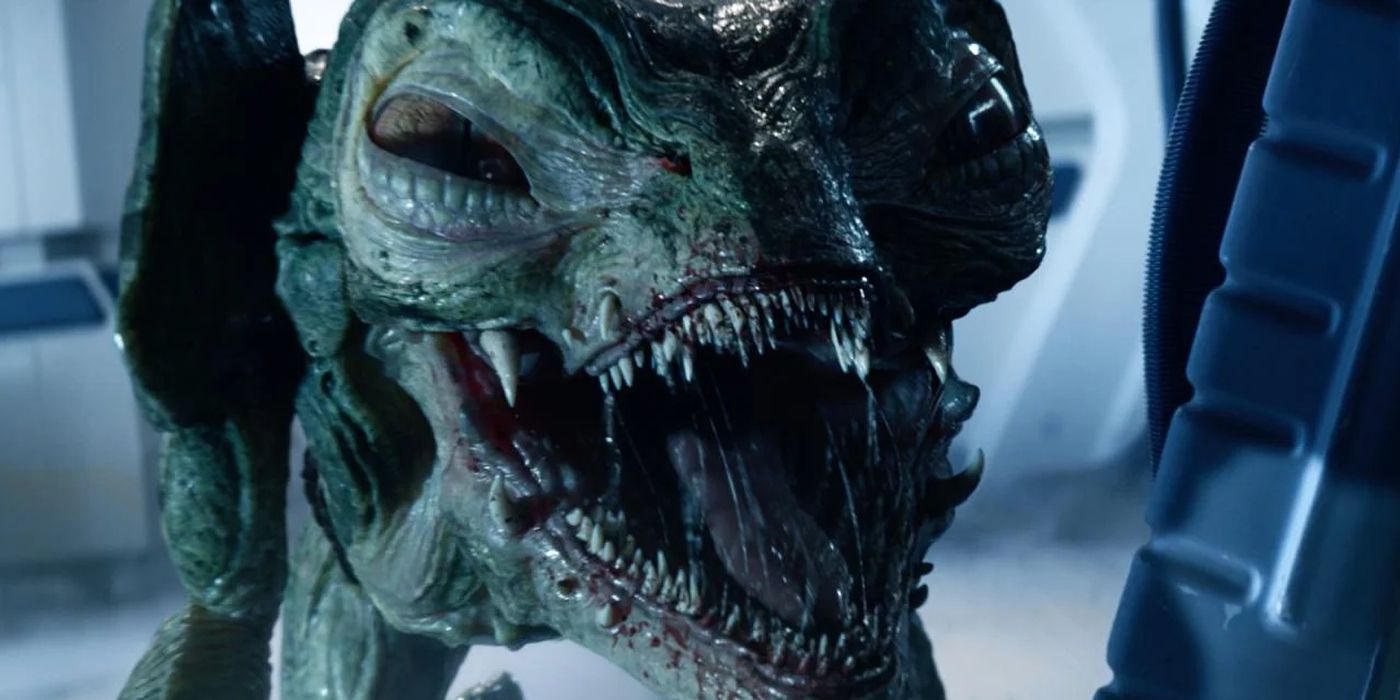
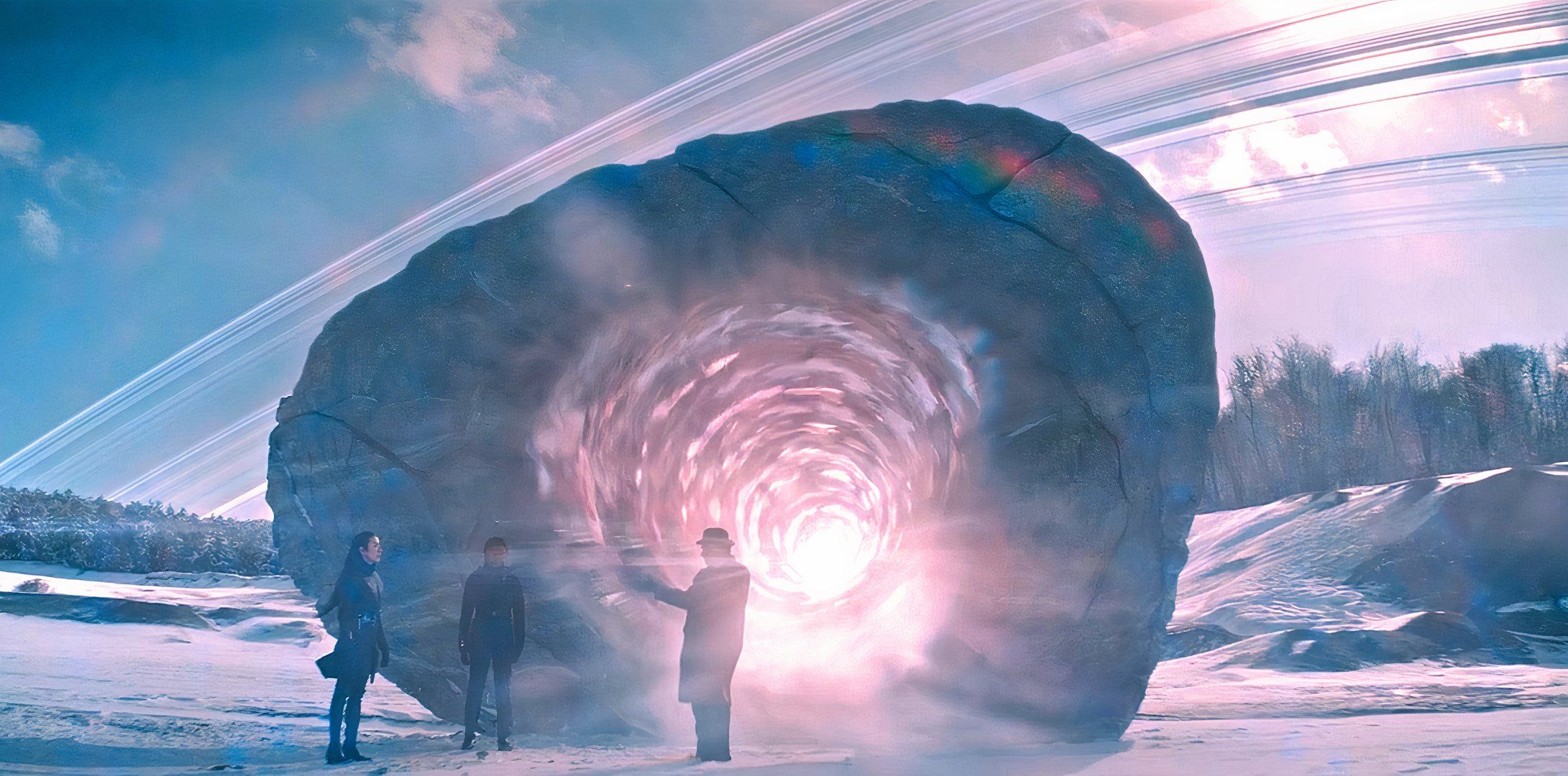
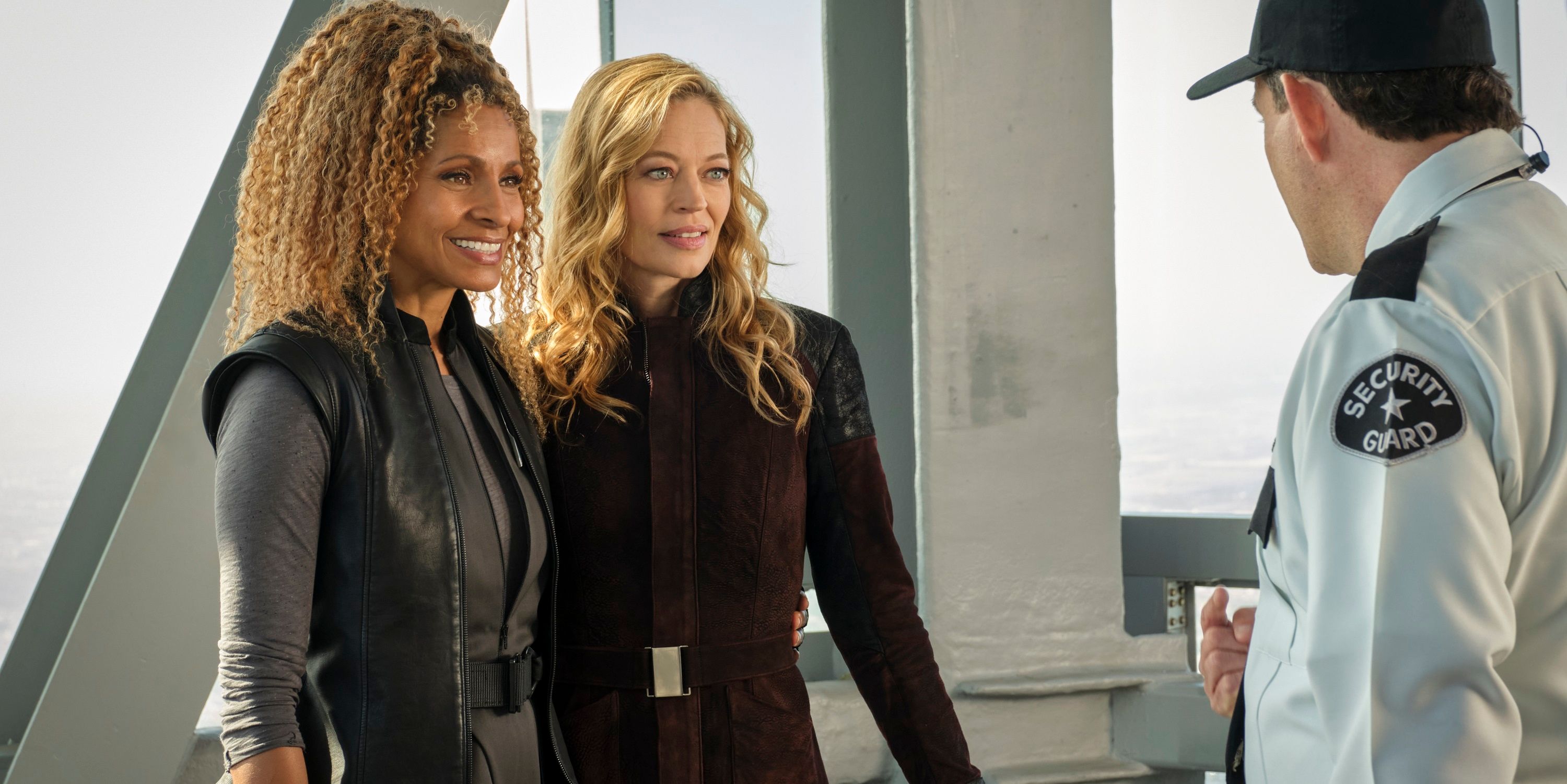
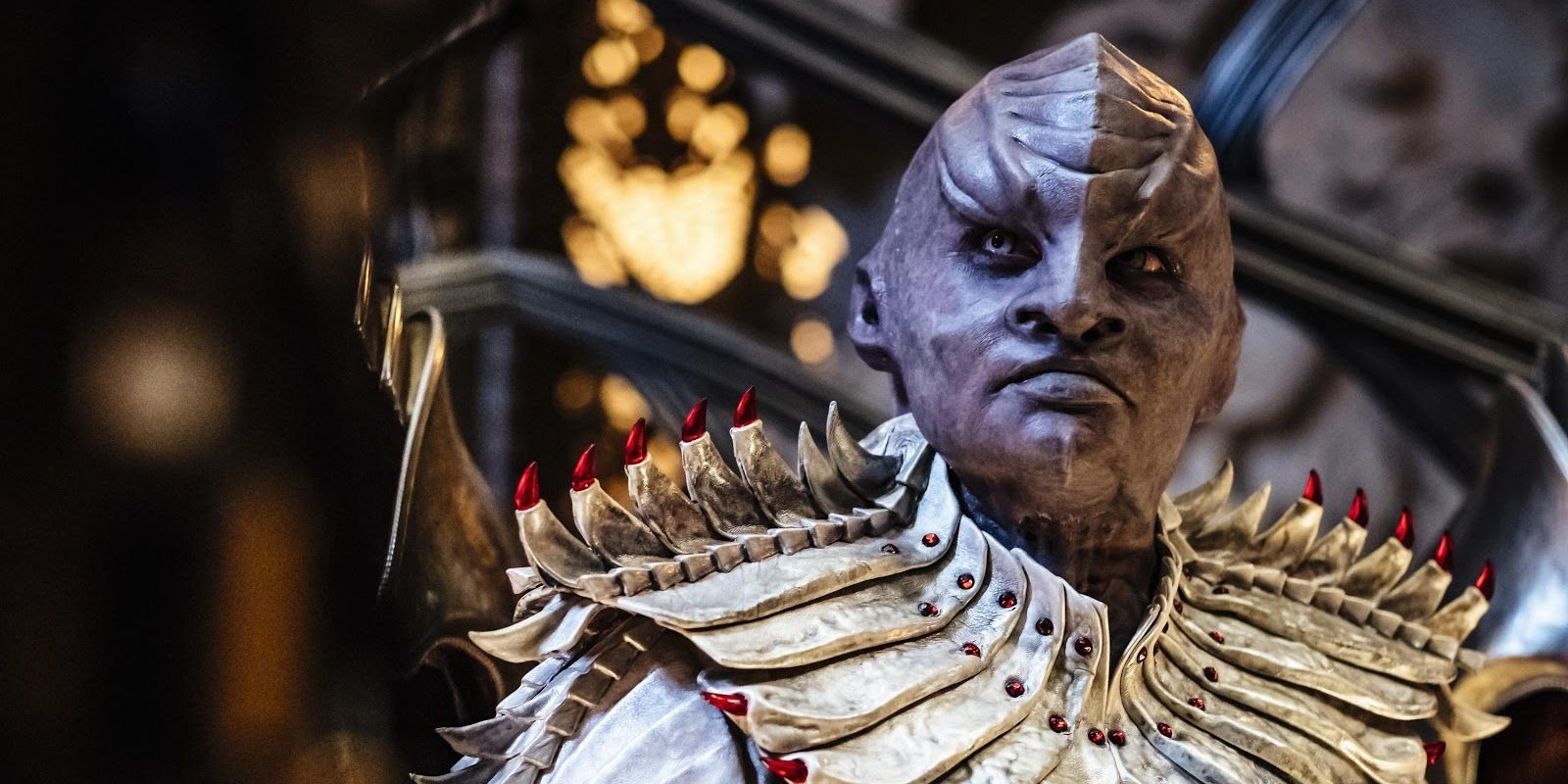
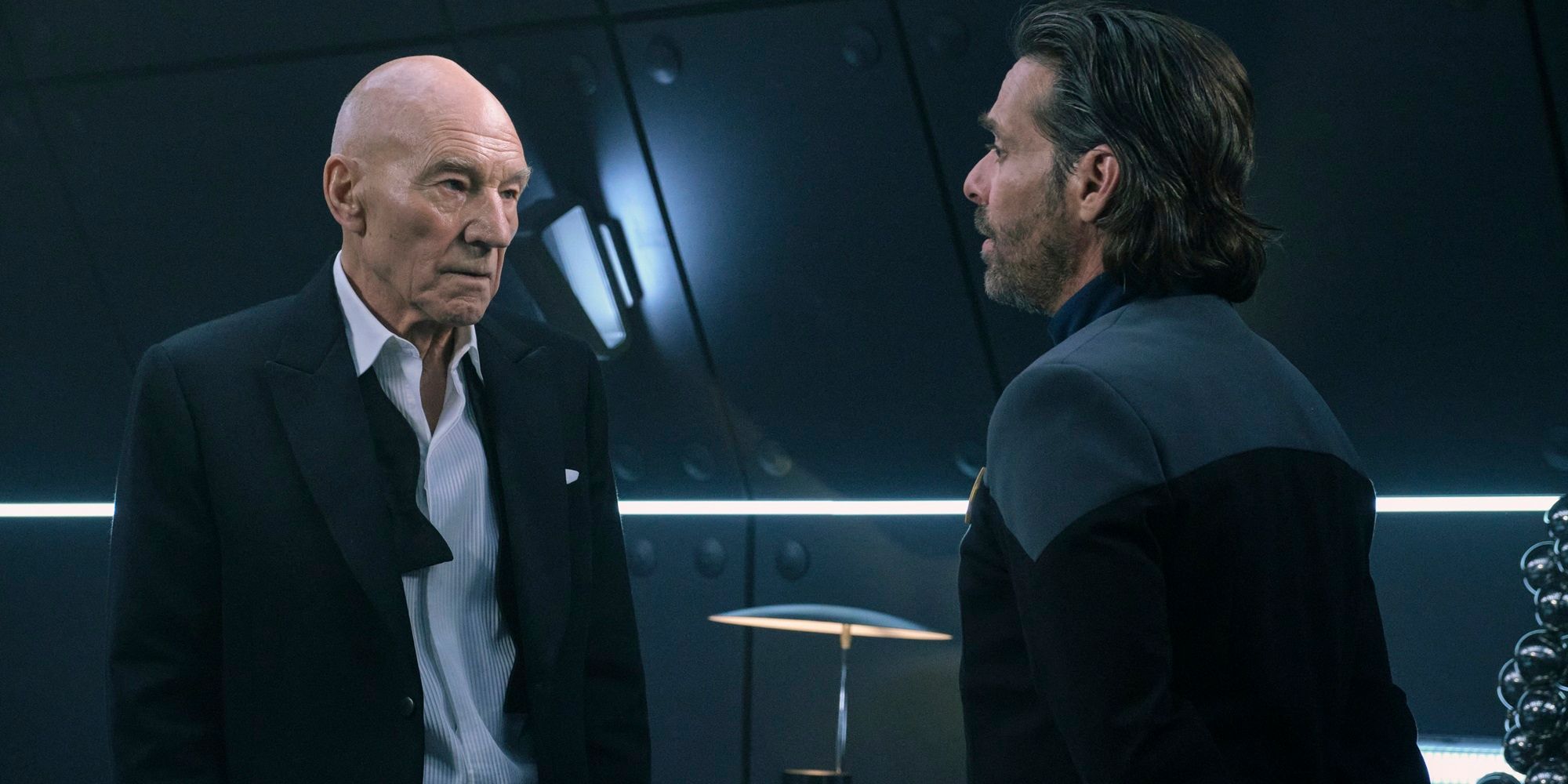

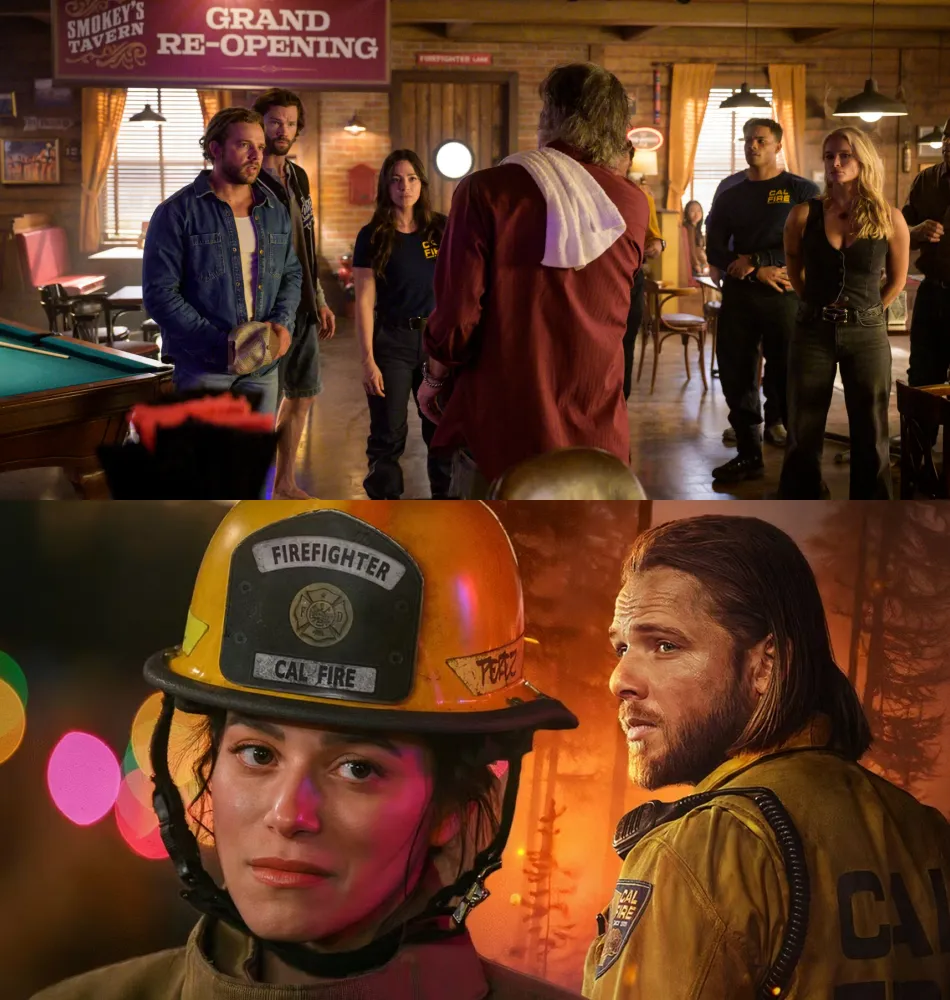
-1750556906-q80.webp)
